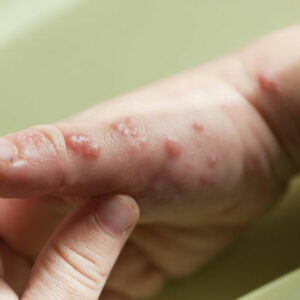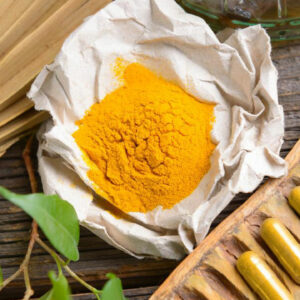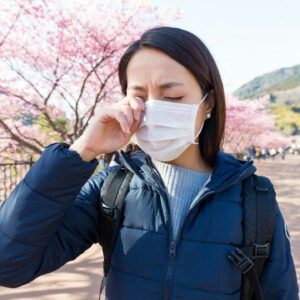
01
Popular Treatment Options for Shingles
Shingles also called herpes zoster is a type of viral infection and a painful rash can be associated with this disease. At some point, a large number of people develop shingles and the varicella zoster is the virus that causes this infection and it is the same one that causes chickenpox. If you had suffered from chickenpox during your childhood days, the shingles virus will stay dormant in your body and it reactivates after a certain period to cause a shingles rash. The rash can affect any part and the first symptom of the shingle is the pain. In addition to the rash, you can find fluid-filled blisters within a few days and there can fatigue, light sensitivity or fever as well. You cannot find a magical solution for shingles. Anyhow, antiviral medications are available for reducing the symptoms and you can find several types of shingles ointments to treat this condition. Baking soda or cornstarch paste A past can be made with the help of water and cornstarch or baking soda to reduce the itching tendency involved with shingles. You have to add two parts cornstarch into a cup and one part water must be added to get the expected consistency. This mixture can be applied to the rash and it can be washed off after 15 minutes. This process has to be repeated many times in a day. Zovirax ointment Zovirax is a very popular prescription ointment cream for addressing the symptoms of shingles. It contains acyclovir, an anti-viral medication, and this shingles ointment is commonly used for treating cold sores and genital herpes found in your mouth. This product also offers good results when it comes to healing the skin lesions and you can use it to prevent the spread of the virus. All lesions need to be covered with Zovirax ointment and the only area you need to avoid is your eyes.
Read More 










